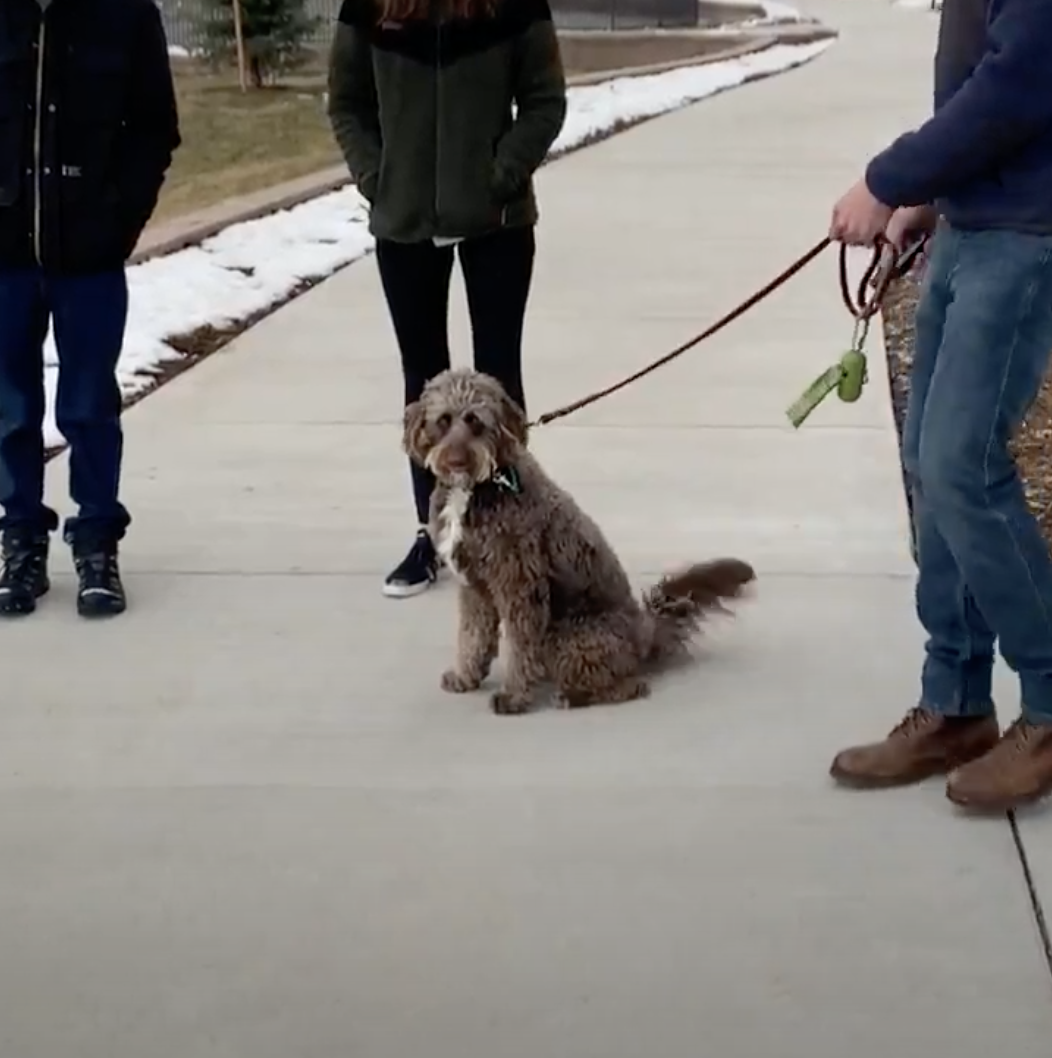Before & After | Leash Reactivity
Hank is a 2-year-old Aussiedoodle. His biggest issue was leash reactivity and an overall struggle to be calm around other dogs. Prior to working with Chill Out Dog Training, Hank went through a two-week boarding program with e-collar training. After his time in intensive training, Hank could go on most walks without many outbursts while walking past dogs, however, it was still difficult to stay calm around all dogs (as seen in the video).
Hank’s owners recognized the great improvements Hank had made but found that the skills he learned in the intensive boarding program had not transferred to real world, day-to-day situations.
We believe that problems like leash reactivity can and should be solved out in the real-world. Right from the start, it was clear that Hank was a gregarious, intelligent, and well-trained dog, but still the overexcitement and reactivity had not been extinguished.
CODT’s goal for Hank was to show him how to prioritize his “chilled out behavior” (calm and collected around dogs) even though the “unchill behavior” (snapping, barking, lunging) was more tempting. Since Hank was well-trained and familiar with e-collar feedback, we spent our 90-minute session focused on seeking out challenging situations and helping his owners learn the correct timing to provide clear, valuable feedback with Hank’s e-collar.
To practice providing feedback and guidance in a live situation, we looked for excitable dogs out on a walk with their owners. We noticed that Hank still pulled on his leash and attempted to lead on the walk. When training in real-time, it is valuable to work on an accessible skill, like the walk, where the dog can be successful. Hank received e-collar feedback for pulling, leading, and veering. After providing feedback to mark the mistakes, we guided Hank back to the appropriate position (nose behind toes) using gentle leash guidance and repetition to establish a new expectation. When Hank began to settle into the new position he was rewarded with praise, affection, or a treat.
For a reactive dog, it is important for the owner to establish themselves as the lead of the walk. For Hank, leading and pulling were often the precursors to those unchill behaviors.
When we found other energetic, perhaps reactive dogs, we held Hank accountable to the newly established – “nose behind toes” – walk position. As we know, pulling or attempting to lead, in the face of a temptation is typically the first link in the chain of behaviors that ends in explosive reactivity. While pulling is linked to the aggressive reaction for a leash reactive dog, it is not the only link in the reactivity chain. The other is hard staring. You know it when you see it – the dog’s ears are perked, and their gaze is locked on. The dog’s mind is gripping the perceived threat, loading up the explosion program. Because of this, hard stares are corrected with e-collar feedback.
The feedback in both cases helped Hank to let go and pull back. Short term, this looked like avoidance by creating distance between him and the overexuberant dogs.
Consistency on this front eventually cleared enough space so that Hank was no longer interested in reacting towards other energetic dogs and was looking up to his owners and trainer to get new helpful information around his old temptations, giving us room to guide him to more pro-social, confident, and relaxed behavior.
What tools worked for Hank?
Air Tool
eCollar
Bungee Strap
